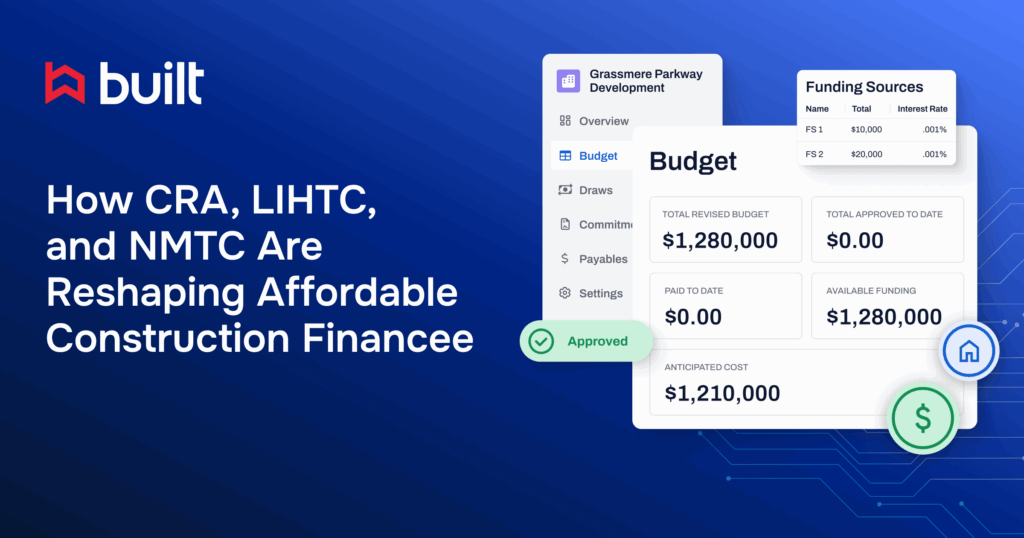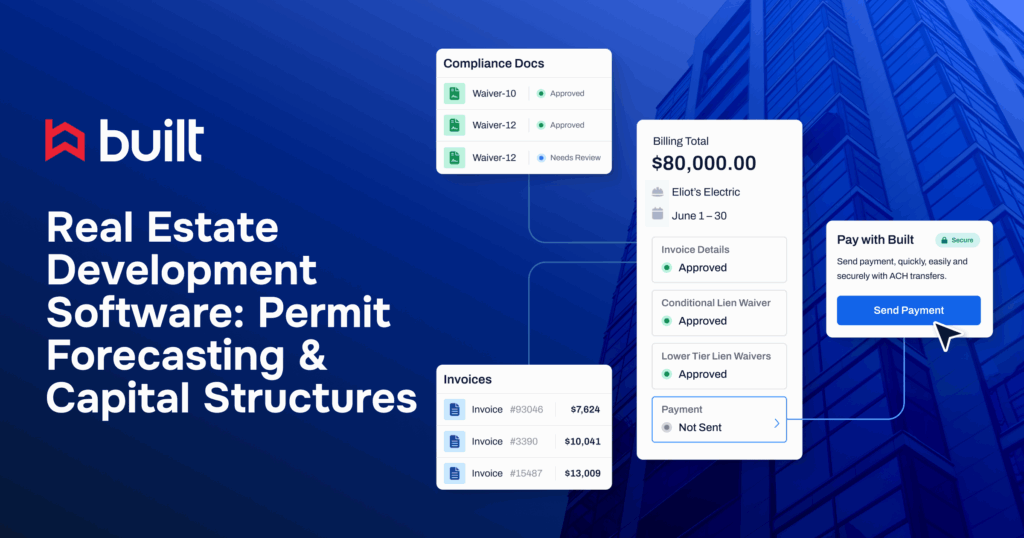
Student Housing Trends: Renters Moving Further From Campus, New Builds Awakening

With college students set to trickle back into their existing or new off-campus dwellings, or move into their dorms for the first time, student housing is top of mind for real estate professionals near a vast array of the country’s thousands of universities and colleges.
A shift in student housing trends is creating new opportunities and challenges for developers, lenders, and everyone involved in the building pipeline. New builds are still kicking, and those being erected are designed to cater to the modern student’s needs for more than just a place to sleep. Understanding these trends is crucial for new market entrants and those staying competitive in the student housing space.
Pre-lease trends provide insight into student movements
According to the June 2024 Student Housing Report from RealPage, based on what RealPage defines as the core 175 universities that represent the market, U.S. student housing pre-leasing rates continue to increase at a normal rate for the season heading into the fall semester. It remains above pre-pandemic trends, despite slowed momentum over the course of the last couple of years.
Here’s the nitty gritty:
- Despite 84.5% of beds already leased for Fall 2024, a slight decrease compared to 85.8% this time last year, pre-lease momentum is up at an above average rate month-over-month. “Leasing generally slows in the summer months when students leave campus,” the report states, but that slowdown is actually faster than normal with a 6% jump from May to June (compared to last year’s 5.5%).
- Interestingly, properties farthest from campus have the highest pre-lease occupancy in June at more than 85%. Comparatively, properties within a half mile of campus fall in sync with the overall average of 84.5%, and properties between one half to one mile of campus secured the lowest, but still historically strong, rate at 84%.
- The annual effective rent growth is 4.4% for the month, but properties more than a mile from campus report the strongest rent growth at nearly 6%.
What do these statistics tell us about the state of student housing? People involved in student housing real estate should not be afraid to make moves more than a mile from campus. In fact, that’s where the most substantial growth seems to be occurring.
New builds for students are still kicking
The fact is that students need somewhere to live. Universities are partnering with developers to make this happen, but they can’t do it alone, and independent construction is taking place, too.
Take the community near the University of Tennessee, for example. It’s seeing a new development, made up of seven stories and 215 in-studio units through five-bedroom configurations, come to fruition. The building will utilize the ground floor retail mechanism as a way to increase and diversify income. Construction on the project is poised to begin in spring 2025.
Then there’s University of California Davis, which is building a new residence hall for on-campus student housing set to open in fall 2027. Set to house about 500 first-year undergraduates, the $100 million project seeks to rectify low housing availability for students. “The university provided housing for 38% of its undergraduate and graduate students as of last fall, when it opened its Orchard Park apartment complex with space for 1,500 students,” reported The Sacramento Bee. “The majority of remaining students live off-campus in Davis, where housing vacancy is limited and rent prices have increased over the past decade.”
Across the country, student housing is in high demand and short supply, putting it in similar territory as housing in other sectors across the U.S. (like affordable housing, for example). New construction from universities and independent CRE partnerships alike are hopefully changing this for the student population. While the conversion of abandoned office space to housing is on the move (see this video about a conversion of a lower Manhattan skyscraper from office to luxury apartment complex as an example), this mechanism has yet to be used for student housing.
Turning technology into possibility
A lot is uncertain in today’s market, but what’s clear is that certain asset classes are showing positive trends in previously unproven ways. Developers who are agile and strategic in the way they acquire and deploy capital, and how they operate, are crucial to achieving innovative and sustained growth.
As for making that happen, technology plays a pivotal role. The right software standardizes firm operations. It accommodates asset, market, and capital-specific requirements on a deal-by-deal basis. And by organizing data into a unified dataset, firms can swiftly respond to portfolio performance and emerging trends on the fly. In essence, technology equips developers with the structured data they need for strategic and operational decision-making, enabling them to adapt to market conditions and maximize outcomes.
At Built, we pride ourselves on providing top real estate developers and operators with the technology and processes necessary to support any deal, workflow, or requirement. At the end of the day, this enhances the flow of capital. Our approach focuses on three primary pillars: automated and efficient workflows, relevant risk and compliance reporting to ensure operational health, and structured data that provides comprehensive insights into portfolio performance. With our right software, the student housing ecosystem (not to mention any other real estate sector, such as industrial or retail CRE) has a chance to tap into its true potential.
Related Posts


Real Estate Development Software: Permit Forecasting, Capital Structures, and Closeout







